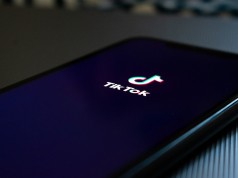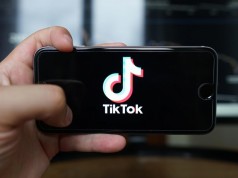Social Ad Targeting to Address the Customer Journey
Are you targeting warm, cold, and hot audiences with Facebook ads? What types of ads fit best for the right audience? In this article, we will discuss various phases of Social ad targeting to address the customer journey.
Phase 1: Broad Targeting
Broad targeting enables advertisers to increase brand awareness and target potential brand-new customers. Historically, in more conventional marketing campaigns like print and television, advertisers have been restricted to more explicit targeting methods. Appreciations to social media advertisers, now have numerous detailed targeting options.
Broad Audiences
It is essential to choose the most suitable campaign objective that will produce your desired result. While attempting to garner new consumers, you may need to think about running brand awareness or lead objective campaigns. Brand awareness purpose is for merchants who need to display ads to people who are more prone to remember them. Similarly, the brand awareness objective provides you the expected ad recall lift (people) metric, which determines how many people would recognize your ad.
Phase 2: Qualifies Targeting
Targeting qualified users indicates that you are decreasing the scope of your readers to those who are more apt to resemble interest in your brand. This is the part of the consumer journey that brings the audience from the knowledge phase into the reflection phase.
Building Audiences
There are several methods for creating qualified audiences that you can leverage when attempting to clarify your focus and help potential clients more down the road. Some of the ways are:
- Interest Targeting – Create readers that fit in your target demographic but be restricted to users who have not shown interest in topics or activities related to your brand.
- Competitor Targeting – Create an audience to mark users who are supporters/followers of your competitor. By liking/following a competitor’s page, they have previously stated that they are a current customer or are currently lying within your brand’s vertical.
Phase 3: Lead Conversion
By using lead conversion targeting, you’ll be ready to reach users who have shown interest in your company or product but did not perform a particular action on your site.
Building your audiences
By handling the data obtained by pixel tracking, you can create audiences based on users who visited a particular page. Spend a specific percentage of time on your website, or create a particular action like “add to cart” or “begin checkout”. In this stage of the consumer journey, it’s essential to use exclusion targeting to mark users who have left off. Moreover, to maximize your influence with potential clients, and provide for optimization among targets, produce a mix of audiences of those in the study phase.
Phase 4: Loyalty Targeting
The loyalty phase of the consumer journey tells that your most loyal customers are coming back for more. They may also introduce your brand to colleagues and family. This is an extremely effective way to add new consumers into the funnel.
Building your audiences
It’s essential to apply a few technologies into public targeting during the loyalty phase. Here are a few examples.
- Audiences that pay specific currency ranges.
If the average cart size is $50, and you have a buyer that spent $20, there might be an opportunity to improve their overall spending by giving significant suggestions for different products or services.
- Audiences that purchased specific products/services
For example, if you sell outdoor furniture, and a customer buys a couch, you can nearly always sell a fire pit along the same lines. This is a great chance to cross-sell the fire pit to the couch buyer.
These are the four essential social ad targeting phases to address the customer journey.









